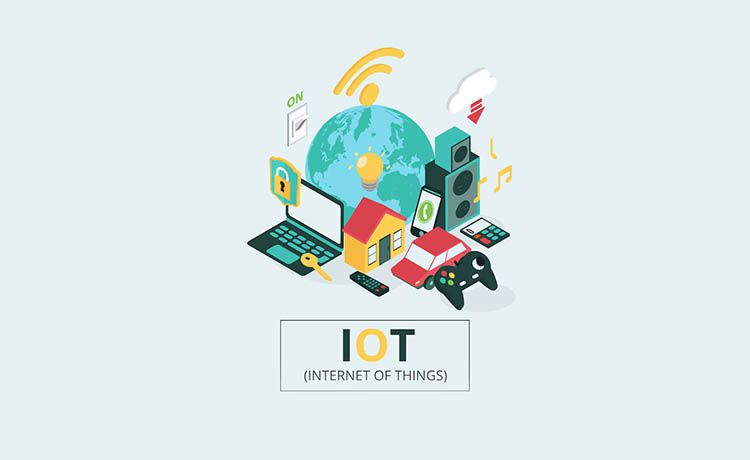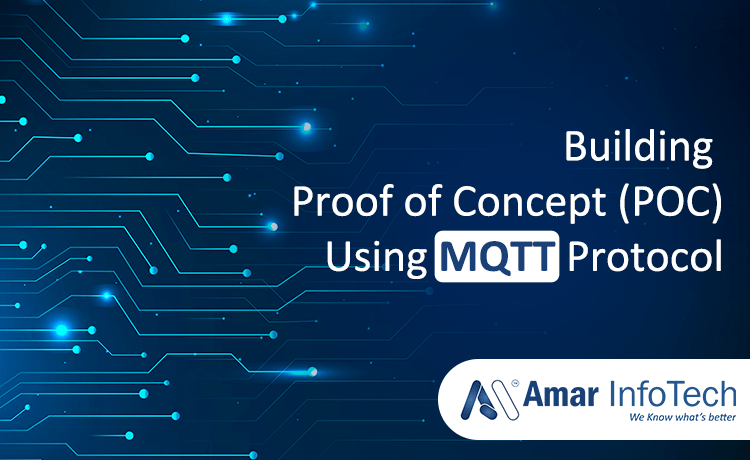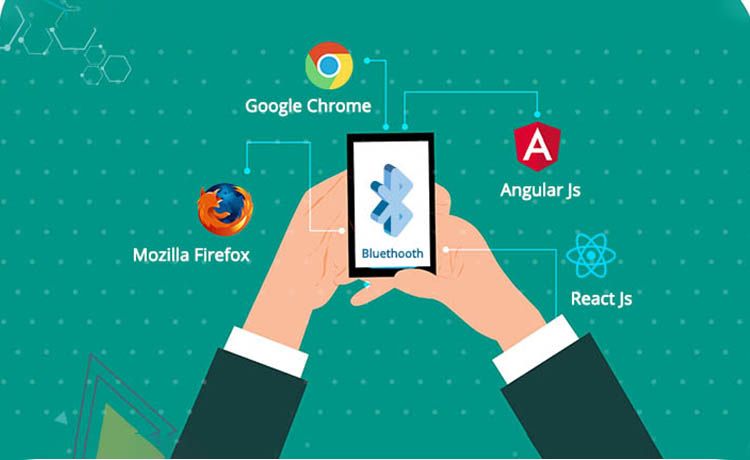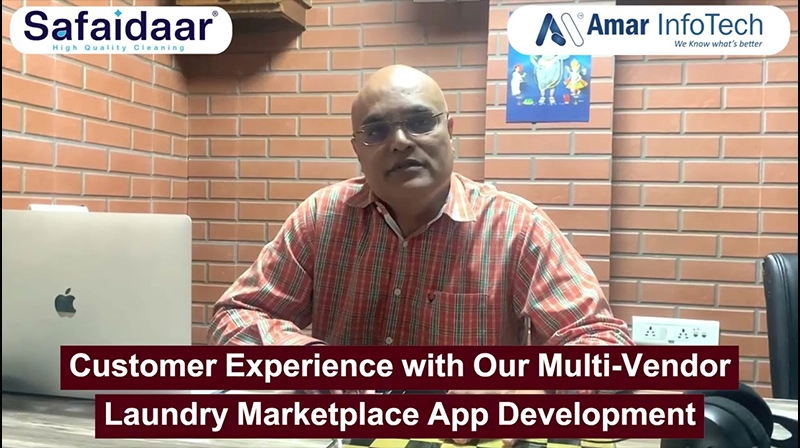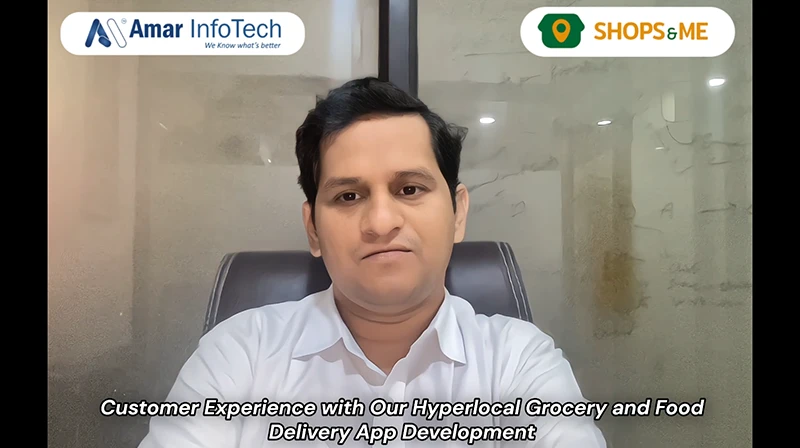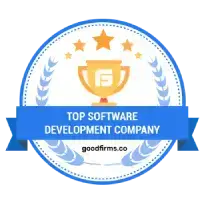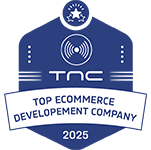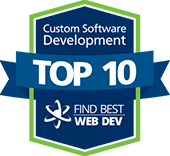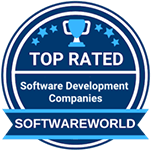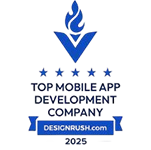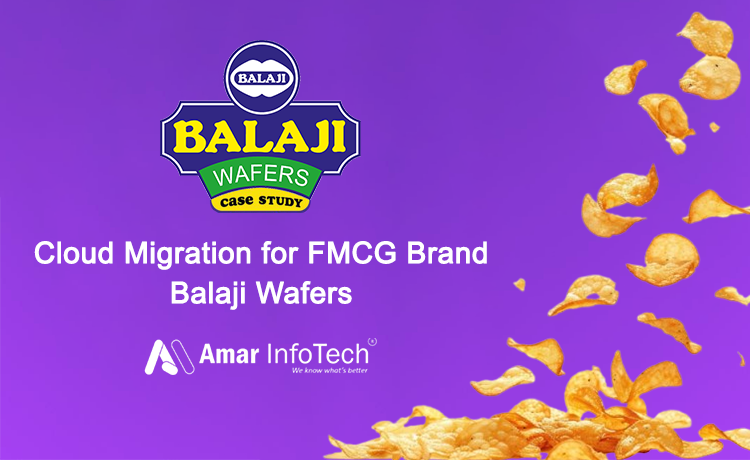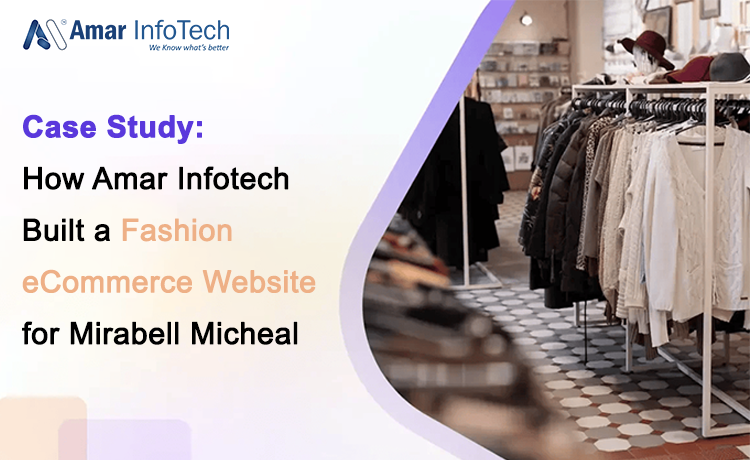There are billion new users expected to demand smart mobile applications with connected devices. It’s a huge opportunity this year to grow your business smartly with IoT based smart applications.
Some basic background we need to understand how IoT devices will be communicating data to the IoT applications on the cloud. IoT value chain starts with home devices like beacons, wifi, sensors devices, and Industrial devices like smart meters or even wearable devices.
These devices are actually connected to the server or cloud data centers and enable communication between devices and smart mobile applications. Servers also secure confidential data of users and processing data as per users requirement.
The main pillars of the IoT application are Home Consumer applications, Transport applications, Mobility applications, Health or body management applications, Buildings Infrastructure management applications, Industrial applications, and small cities applications.
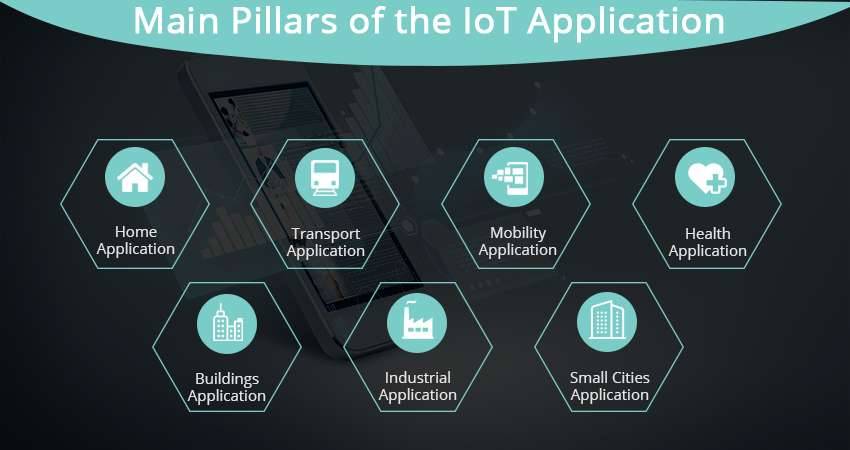
Here are the 7 Tips to help you develop the IoT Applications,
1) Choose the secure Prototype hardware
Choosing the right prototyping board for developing a smart application is the first step you can do. This hardware will help you to develop the right smart sensor device according to your IoT application need. There are lots of Hardware prototyping boards already exist in the market. Some of the proven prototyping hardware you can select from various providers like
Rasberry pi 3, Arduino, Intel Edison, Master Of Things, IoT Kit, etc.No one can predict what technologies will enable the next IoT smart application. This hardware will enable hundreds of expansion possibilities by adding any combination of wired, wireless and sensor technologies.
2) Real-time operating systems
To develop an ideal IoT application requires the real-time OS to ensure all the things work well. IoT devices transmit and receive information over a network, these network devices need a capable real-time operating system.
The software for the IoT devices must be scalable, modular to accommodate the wide range of devices and also have a variety of connectivity options such as wireless sensor networking. These devices need a powerful operating system with a greater cortex processor and Java virtual machine(JVM) which demands a lot of memory. Devices might need to support different types of connections such as proprietary networks for vertical markets.
An essential way to reduce the amount of the RAM and flash memory required in your IoT device is to use the modular operating system. By using this Operating system you can pick and choose the components you need to simplify the development process. The operating system also needs communication standards that your chosen devices need to support like IEEE 802.15.4, Wifi and Bluetooth to connect the IP networks.
Modular operating systems like Contiki-OS, FreeRTOS, Riot-OS, TinyOS, etc will allow you to select the specific protocol stacks you need to save memory on your device.
3)Choose the Right IoT application Environment Platforms
IoT Platforms simplifies IoT application development because it solves a lot of the problems and complexities. IoT application platforms allow you to focus on creating the solution because it helps you to set up the Infrastructure. This IoT infrastructure supports IoT application which is a huge time saver, makes the application much stable and easier.
You are going to want something that allows you to manage the development lifecycle of your application while choosing IoT platforms. End to end IoT platforms centralizes the application environment in one place so you can connect the devices and your business in the system. You can also analyze and visualize the data coming from the IoT prototype hardware and turn in to meaningful information.
IoT platforms also can be considered as the first steps to build IoT application. You can get any data that stream from the edge devices into the Platform. Forgetting IoT data into the platform, you can use REST API, Industry compliant standards entity or any custom binary.
Platforms like MasterofThings, VoT/B-Scada, ThingWorx, RioT, and Xively provide features like the real-time pattern, Anomaly Detection, predictive analytics, simulators to data, and contextualized recommendations.
4) Identify the right IoT Analytics Platform
IoT analytics platform allows you to collect process which your data enrich from the application, helps you with IoT optimized data store which is part of the managed service and visualizes IoT data at scale
IoT analytics can collect data from multiple sources using different APIs. These data can be in formats like Binary and JSON which is elastically scalable. IoT analytics platform like Amazon web service Analytics is solving the complex challenges like data quality, integrity, and temporal nature of the IoT system.
IoT Analytics platforms like AWS IoT analytics, Splunk, Gruk, Hadoop, etc will analyze historical data to bring you much more value from the data that has been collected over long years. You can also convert complex information from your devices and sensors into meaningful analytics data from these platforms.
5) Select the device and gateway remote management Platforms
These platforms meant to be used to remotely configure the devices to remotely configure gateways. Remote management platforms can manage the growing number of connected devices coming across your network all over the world.
Platforms like AWS IoT device management helps you onboard large fleets of devices, monitor, and remotely manage your billions number of connected devices.
6) End to End System Internet of Things Integration
End to End system integration ensures smart IoT products, IoT Platform, IoT Application integrate to gather seamlessly. The IoT end to end system integration means connecting devices, all communication protocols work well, ensure all security and accuracy all across the network, and gaining intelligence at the system are all part of the IoT system Integration.
7) Build IoT Application
Once you Integrate all connected devices and transformed data final step You are going to build an application. There are lots of IoT application development tools available in the market, you can build simple IoT application. You can simply drag and drop the objects in a GUI development IDE allows you to quickly model the functional behavior of your idea and business logic.
As IoT application development company, Amar Infotech is a trustworthy name among businesses looking for a truly reliable, scalable and robust Internet of things apps development. The IoT apps we develop are quite affordable and we have a team of software and web development experts that ensures outstanding quality IoT apps development at a most reasonable cost.
